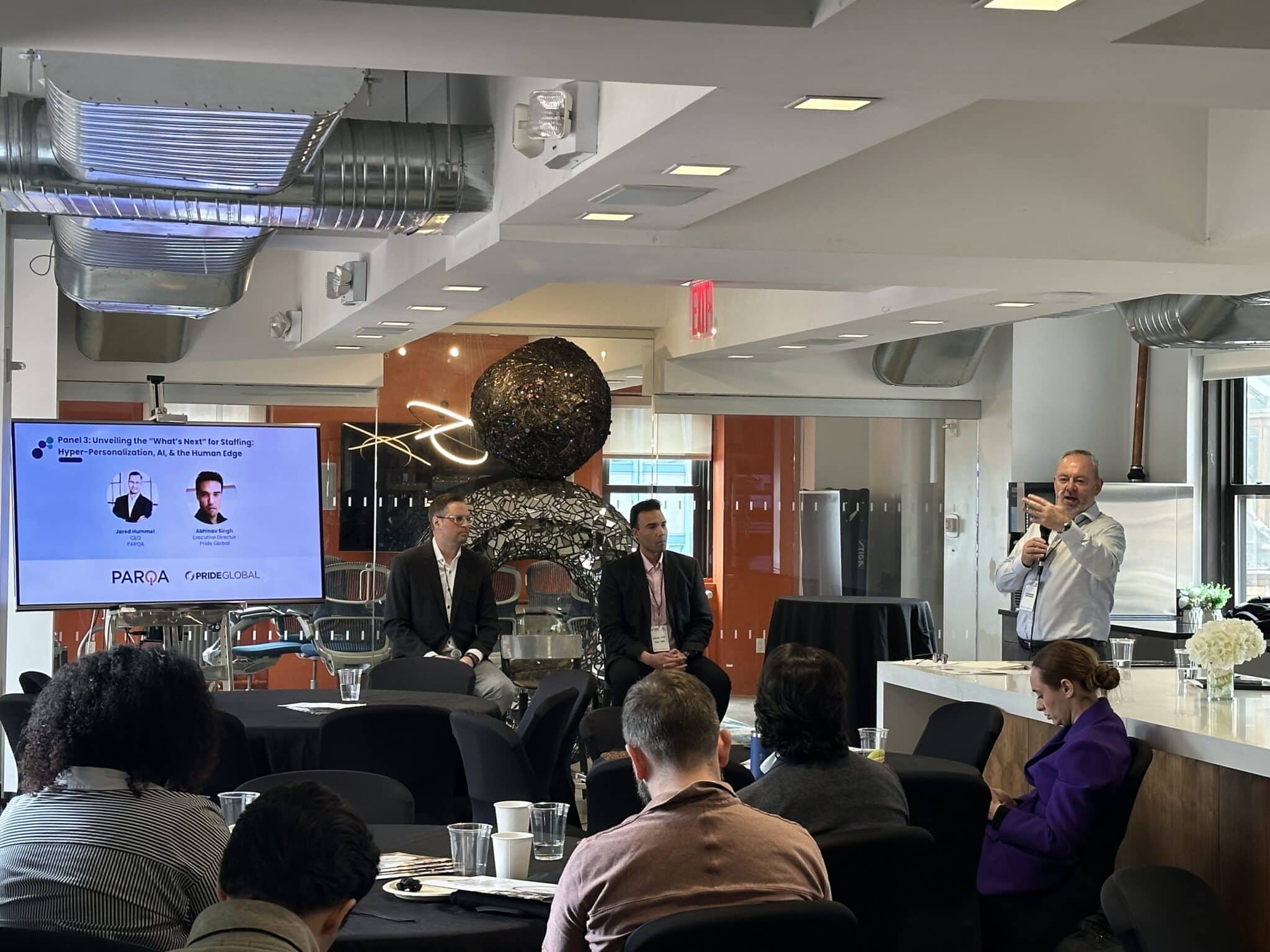Survey Reveals Digital Employees Desire More Control in Hybrid Work Arrangements
A recent survey conducted by Gartner indicates that digital employees worldwide are seeking increased autonomy in managing their work in hybrid environments. With over 4,800 respondents, the survey highlighted that 77% of employees wish to actively participate in shaping their hybrid work model, while only 14% prefer their hybrid work environment to be dictated to them.
The survey findings shed light on the “lack of alignment” between employee preferences and employer implementations regarding hybrid work, as stated by Caitlin Duffy, director in the Gartner HR practice.
Duffy emphasized the need for organizations to thoughtfully respond to the shifting wants and needs of employees in order to maintain productivity and minimize attrition. These findings reinforce previous studies suggesting that a one-size-fits-all approach is ineffective for hybrid work arrangements. Such an approach risks diminishing engagement, reducing motivation, lowering productivity, and increasing commuting time, as highlighted in an earlier study by The Hackett Group.
According to Tony DiRomualdo, Senior Research Director at The Hackett Group, companies must recognize that employees have diverse responsibilities and work styles. Implementing policies, support practices, and tools that empower staff to excel in their jobs, regardless of their location, is crucial.
Gartner’s research also unveiled the significance of hybrid meetings in shaping the overall employee experience. Among digital workers, virtual meetings incorporating audio and video participation are most preferred (47%), while meetings accommodating both virtual and in-person attendees are the least favored (17%).
The study further revealed that hybrid meetings are considered the second-least productive (17%), with audio-only meetings being rated the least productive. In-person meetings, however, were recognized as the most productive (46%). These findings underscore the need to enhance hybrid meetings by ensuring active participation among attendees.
“In addition to improving hybrid meetings, leaders and managers should evaluate the meeting culture within their organization and promote a deliberate combination of asynchronous and synchronous work,” recommended Duffy.
The report also explored the impact of monitoring in the virtual workplace, a topic that has sparked significant debate as its popularity surged during the pandemic. Managers have expressed a desire to monitor their staff to assess productivity levels while they work remotely. Interestingly, Gartner’s research indicates that employees are willing to be monitored if it helps them in the following ways:
- Receiving support in finding information or data for their job
- Receiving proactive outreach from support
- Streamlining information, notifications, and receiving advice on performance improvement
These insights on hybrid work come at a time when employers face ongoing challenges in transitioning employees back to the office. According to Gartner’s report, the following factors motivate employees to return to the office:
- Meeting colleagues in-person (20%)
- Ability to focus (11%)
- Office equipment (11%)
- Meeting managers in-person (10%)
- Meeting senior leaders in-person (10%)
- Workplace belonging (9%)
- In-person IT support (7%)
- Manager expectations (6%)
- Amenities (5%)
- Career disadvantage (4%)












